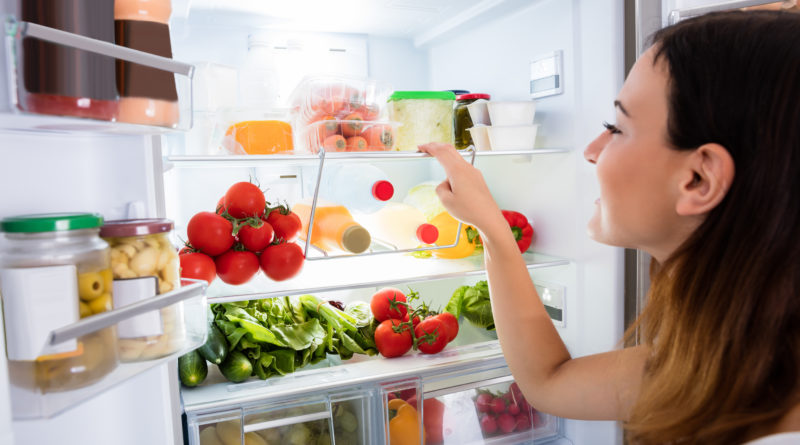Never Ignore These Food Safety Rules
1,089 total views, 1 views today
The 15th of November marks the “National Clean Out Your Refrigerator Day!” However we shouldn’t be waiting around until a certain day to be cleaning out the fridge. That being said a lot of people struggle a lot with figuring out whether some of the foods in their cupboards and fridge are spoiled or are still good. After all, food regulations and safety can be vague at times.
But no matter the circumstances, if your food falls into one of these categories below, or even if you have a gut feeling, it’s important to trust it and throw it out.
And the easiest way to remember these rules is to listen to what Alton Brown said on his show “Cutthroat Kitchen”: “Your eyes, nose and fingers can tell you if food has spoiled.” And he’s right.
“We all have the senses to know when food has gone bad,” Brown mentioned in an interview, “Smell it. If it smells bad, odds are you shouldn’t be eating it. Touch it. If it’s slimy or sticky, don’t eat it. If you look at a piece of meat and it’s got splotches of green on it, you shouldn’t eat it.
Simple right?
Not exactly. While that’s certainly sage advice, each year one in six Americans get sick as a result of eating contaminated food. So while touch, smell, and see is helpful, there are some extra measures that we should take to ensure that we can even trust our senses.
The first is to ensure that your fridge is below 40 degrees Fahrenheit. The tricky thing with that is that even on the lowest setting, fridges aren’t as cold as they need to be. So you may have buy a thermometer to ensure you know where that sweet spot is.
Another thing to note is how you are storing food makes a difference as well. It’s important that we stack food in such a way that we’re keeping foods that could be dangerous away from everything else. This is especially important when it comes to your meats and fish. For meats, you want them to be taking up the bottom spots. The reason being meats produce a lot of fluid and the plastic wrapping it’s in isn’t enough to protect it all the time. If you have it at the top the juices will eventually drip down onto the lower foods and can contaminate them if they’re not wrapped. For fish, it should always be on ice. It’s ideal to store it in a freezer, but if you need it the fridge toss it onto some ice packs. That’s because fish goes bad a lot faster than the other meats.
The third rule is to thaw meat safely. It’s a rule of thumb to always use your fridge to thaw any meats. The only thing to keep in mind with this is you want to transfer the meat into a container and seal it so it doesn’t drip all over the place. For faster thawing you can put it into a plastic bag, toss it into the sink and let the meat bathe in cold water.
And finally, make sure that after you’re done making food that you clean up and wipe down your food preparation surfaces. A good solution to wipe down with is 1/4 teaspoon of bleach mixed with a cup of water. Also when prepping any veggies or fruits you rinse them in cold water prior too.
It’s through these simple rules that we can avoid getting contaminated food. So incorporate them into your cooking to avoid being a stat.

